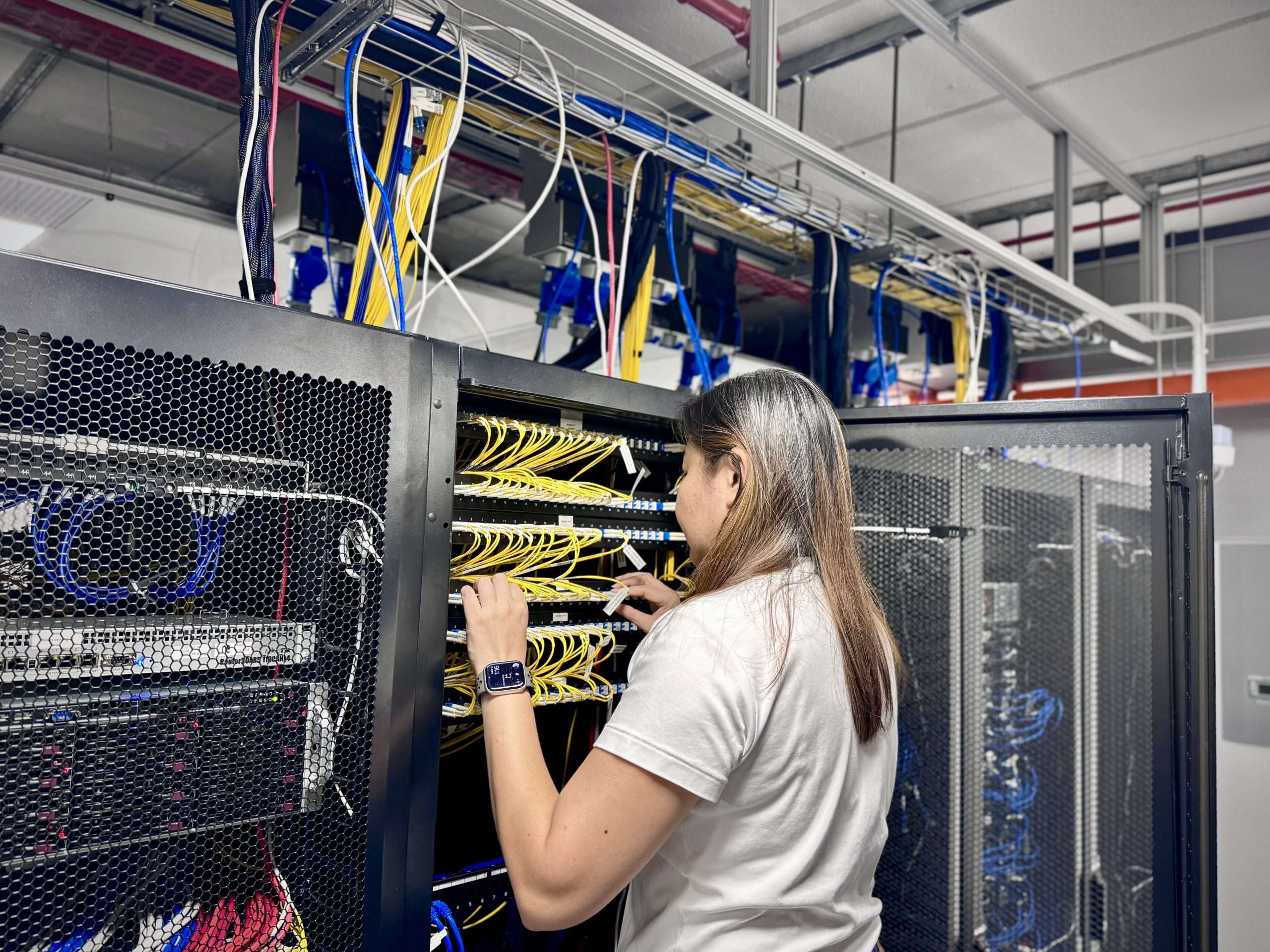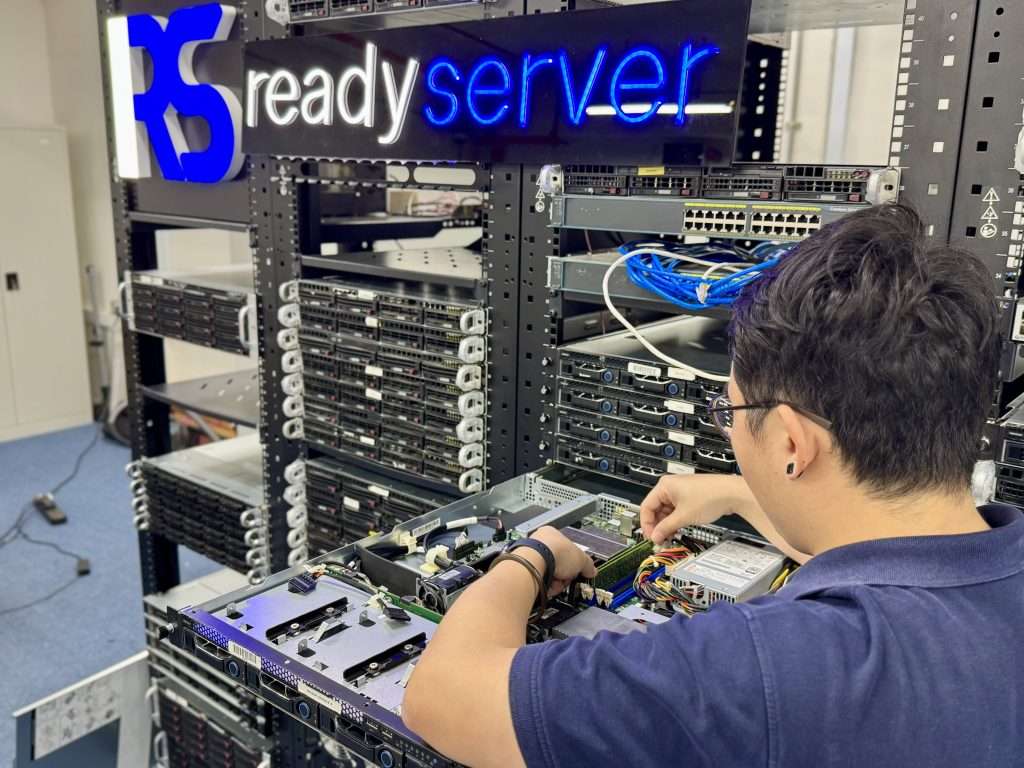If you’re running a serious online business, a popular blog, or any application that serves a global (or even continental) audience, you’ve probably already chosen your first Virtual Private Server (VPS) location. Maybe it’s London because you’re based in the UK, or perhaps New York because that’s where most of your customers live. That’s a solid start. But here’s the reality check: one server location is a bottleneck waiting to happen.
Imagine trying to serve a piping-hot pizza from a single kitchen in London to customers in Tokyo, Sydney, and Buenos Aires. The pizza’s quality remains the same, but the delivery time—the travel distance—makes the entire experience awful. That distance, in the digital world, is called latency.
The real game-changer in global performance isn’t just having fast servers; it’s having strategically located servers. Choosing your second and third VPS locations isn’t a random dart-throw at a map; it’s a critical business decision that will define your global speed and user experience. Ready to stop being a one-server wonder and start building a globally optimized network? Let’s dive in.
The Global Speed Game: Why One VPS Location Isn’t Enough
Why are we even talking about this? Simply put, the internet isn’t magic . It relies on physical infrastructure, fiber optic cables, and network routing.
The Core Concept: Latency is the Enemy
Latency is the delay before a transfer of data begins following an instruction for its transfer. Think of it as the time it takes for your user’s computer to send a request to your server and get the first response back. The further the geographical distance, the longer the data has to travel, bouncing between routers and switches, leading to higher latency. A user in Sydney trying to access a site hosted in Frankfurt will experience significantly higher latency than a user in Paris. High latency doesn’t just annoy users; it actively hurts your Search Engine Optimization (SEO), as page speed is a significant ranking factor for Google.
Beyond Backup: Distributing the Load
While having a second location for disaster recovery is smart—what if a whole data center goes down? —the primary goal here is performance enhancement. By placing servers closer to different segments of your audience, you are effectively using a Content Delivery Network (CDN) architecture on a smaller, dedicated scale. This allows you to intelligently route traffic to the nearest possible server, dramatically reducing load times for everyone.
Step 1: Mapping Your Audience – Who Are You Serving?
Before you even look at a data center provider’s list of cities, you must first know where your users actually are. You wouldn’t build a theme park where no one lives, right?
The Primary Audience: The Obvious Choice
You already have this covered with your first server. It’s the location that serves the largest percentage of your traffic. Use tools like Google Analytics or your hosting provider’s traffic logs to confirm this geographical concentration.
Hitting the Secondary Markets: Finding the Gaps
Now, look past the primary. Identify your top two or three next-largest geographical traffic clusters. If your primary server is in New York (North America), your secondary audience might be heavily concentrated in Western Europe (say, France or Germany) and your third might be in Southeast Asia (perhaps Singapore or Tokyo). These are the continental hubs you need to focus on. These regions represent the highest potential for speed improvements and, consequently, the largest gains in user satisfaction and conversion rates.
Step 2: The Art of Strategic Spacing – Finding Your VPS Sweet Spots
Once you know the geographical areas, the next step is selecting the best specific cities for maximum impact. We’re looking for global speed, not just arbitrary distance.
The Proximity Principle: Reaching Major Continental Hubs
The best strategy is to establish a presence on different major continents or regional internet exchange points (IXPs). Your goal should be to cover as many users as possible with the fewest servers.
- If your primary server is Western North America (e.g., California), your second location should likely be in Western Europe (e.g., Amsterdam or Frankfurt), which serves the majority of the EU population.
- Your third location should then look towards a major Asia-Pacific hub, such as Singapore for its excellent connectivity to Southeast Asia and Australia, or Tokyo for North Asia.
Case Study: North America to Europe
Let’s say your main server is in Dallas, Texas. An excellent second choice would be Frankfurt, Germany. Why? Frankfurt is home to the largest internet exchange point in the world, DE-CIX. This means data connecting to and from Frankfurt is incredibly fast and efficient, often beating even a server in Paris or London for connections across Central and Eastern Europe.
The Bandwidth Bridge: Considering Undersea Cables
This is where the ‘pro’ SEO writer comes in. Data travels fastest over major fiber optic submarine cables . Cities that act as landing points for these massive intercontinental cables (like Miami, Marseille, Singapore, or Hong Kong) inherently have better, faster, and more direct routing to other continents. Choosing a VPS in one of these “cable cities” can give you a measurable edge over a location just a few hundred miles inland.
Step 3: Assessing the Practicalities – What to Look for in a Data Center
Geography gets you close, but the quality of the actual hosting provider and data center seals the deal. Not all data centers in the same city are created equal!
Network Quality Over Geographical Distance
A server 100 miles closer to your users but with a poor-quality network and slow peering agreements might perform worse than a server 500 miles away with an excellent, well-peered network. Look for providers that boast premium network backbones, redundant paths, and low-latency peering with Tier 1 internet service providers. Ask about their average bandwidth capacity and latency guarantees.
Legal and Regulatory Hurdles (GDPR, Data Sovereignty)
Be acutely aware of data laws. If you are serving users in Europe, hosting their data inside the EU (like in Frankfurt or Amsterdam) ensures compliance with the General Data Protection Regulation (GDPR). Similarly, some countries have strict data sovereignty laws that mandate data must remain within their national borders. This is a non-negotiable factor that can override pure speed considerations.
Cost-Benefit Analysis of Different Tiers
While a Tier 3 or Tier 4 data center offers the best uptime and redundancy, they come at a higher cost. For a non-critical third location, a well-managed Tier 2 facility might offer a better cost-to-performance ratio. Balance the criticality of the region with the cost of the hosting. Don’t overspend on an under-utilized third server.
Step 4: Testing, Measuring, and Optimizing Your Global Mesh
You can’t manage what you don’t measure. Once you have your new servers provisioned, it’s time to confirm your assumptions.
Tools of the Trade: Ping, Traceroute, and Synthetic Monitoring
Don’t just trust the provider’s claims; test the connectivity yourself.
- Ping will give you a basic latency measurement to the server IP.
- Traceroute is your best friend, as it shows you every hop the data takes to get from a point to your server, revealing potential bottlenecks or poorly routed paths.
- Synthetic Monitoring Services can simulate user traffic from various global locations to all three of your servers, providing objective, real-world data on which location is fastest for which region.
After a week of data collection, you may find that the server in Tokyo is actually faster for Australian users than the one in Singapore. This data allows you to fine-tune your DNS or application routing for true optimal speed.
Conclusion: Build a Bulletproof Global VPS Strategy
Choosing your second and third VPS locations is a deliberate exercise in data-driven geography, network analysis, and legal awareness. It’s not just about splitting your traffic; it’s about eliminating the friction of distance and creating a seamless, lightning-fast experience for every user, regardless of where they click from. By systematically mapping your audience, strategically spacing your servers across major continental hubs like Europe and Asia, and prioritizing network quality over simple distance, you will build a fast, resilient, and SEO-friendly global footprint that will leave your single-server competitors in the digital dust. It’s time to stop just serving the internet and start dominating it.





